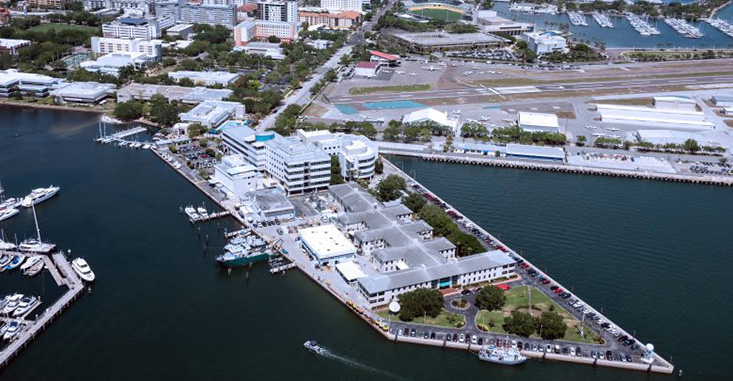
Marine Science Faculty Publications
Document Type
Article
Publication Date
6-29-1998
Digital Object Identifier (DOI)
https://doi.org/10.1029/97JC02906
Abstract
A major accomplishment of the recently completed Tropical Ocean-Global Atmosphere (TOGA) Program was the development of an ocean observing system to support seasonal-to-interannual climate studies. This paper reviews the scientific motivations for the development of that observing system, the technological advances that made it possible, and the scientific advances that resulted from. the availability of a significantly expanded observational database. A primary phenomenological focus of TOGA was interannual variability of the coupled ocean-atmosphere system associated with El Nino and the Southern Oscillation (ENSO). Prior to the start of TOGA, our understanding of the physical processes responsible for the ENSO cycle was limited, our ability to monitor variability in the tropical oceans was primitive, and the capability to predict ENSO was nonexistent. TOGA therefore initiated and/or supported efforts to provide real-time measurements of the following key oceanographic variables: surface winds, sea surface temperature, subsurface temperature, sea level and ocean velocity. Specific in situ observational; programs developed to provide these data sets included the Tropical Atmosphere-Ocean (TAO) array of moored buoys, in the Pacific, a surface drifting buoy program, an island and coastal tide gauge network, and a volunteer observing ship network of expendable bathythermograph measurements. Complementing these in situ efforts were satellite missions which provided near-global coverage of surface winds, sea surface temperature, and sea level. These new TOGA data sets led to fundamental progress in our understanding of the physical processes responsible for ENSO and to the development of coupled ocean-atmosphere models for ENSO prediction.
Rights Information
Was this content written or created while at USF?
Yes
Citation / Publisher Attribution
Journal of Geophysical Researchv. 103, issue C7, p. 14169-14240
Copyright 1998 by the American Geophysical Union.
Scholar Commons Citation
McPhaden, Michael J.; Busalacchi, Antonio J.; Cheney, Robert; Donguy, Jean-Rene; Gage, Kenneth S.; Halpern, David; Ji, Ming; Julian, Paul; Meyers, Gary; Mitchum, Gary T.; Picaut, Joel; Reynolds, Richard W.; Smith, Neville; Takeuchi, Kensuke; and Piller, Pearn P., "The Tropical Ocean-Global Atmosphere Observing System: A Decade of Progress" (1998). Marine Science Faculty Publications. 45.
https://digitalcommons.usf.edu/msc_facpub/45

